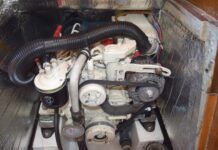Whether youre celebrating this sailing season with weekend cruises, offshore voyages, or simply plotting for your escape, Practical Sailors 2010 summer reading list has a pick youll enjoy. This sampling of some of the latest salty reads includes destination guides, marine maintenance and boat search resources, and a true-life account of survival at sea.
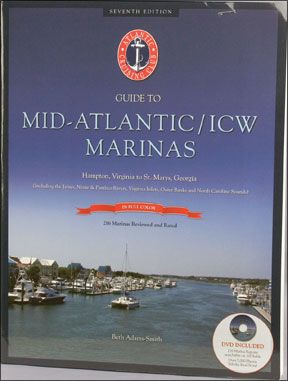
Cruising Guides
The “Atlantic Cruising Clubs 7th edition Cruising Guide to Mid-Atlantic/ICW Marinas” is the latest addition to ACCs library of “boater-biased” reviews of overnight facilities in the coastal U.S. that accept transient boats 25 feet and longer. Covering 216 marinas, the full-color Mid-Atlantic/ICW guide book is well organized. An included interactive DVD offers a searchable digital version of the book with lots of photos of the rated marinas. (The DVD works with Windows XP, Vista, and Windows 7.) Each detailed report includes contact info, moorage rates, navigational information, reference charts, points of interest nearby, and services offered at the marinas, as well as ratings by ACC reviewers for a number of criteria. More than a travel guide, this ACC book is a consumer guide to the best places to tie up for a night or a week from Hampton, Va., to St. Marys, Ga. ($40, ACC at Jerawyn Publishing, http://www.atlanticcruisingclub.com/)
Fondly remembering our days cruising the Caribbean islands, we recently thumbed through Chris Doyles “2010-2011 Cruising Guide to Leeward Islands” (11th edition), which covers the ports of Anguilla, south to those on Dominica. One of the most popular guidebooks for Caribbean cruisers, Doyles Cruising Guide books offer a ton of information. The Leewards guidebook includes tips on planning your voyage-whether youre chartering or sailing your own boat-finding the best dive spots, and making safe inter-island passages. For each island or island group, Doyle offers interesting historical tidbits as well as the requisite info on navigation, anchoring options, customs and immigration laws, local dining and shopping, and cultural events and customs. Color photos, detailed reference maps, and descriptive piloting sections make it easy for visitors to navigate the foreign islands anchorages and streets. Even if youre not planning a Caribbean escape, the book offers great fodder for daydreaming of tropical getaways. ($30, Cruising Guide Publications, www.cruisingguides.com)
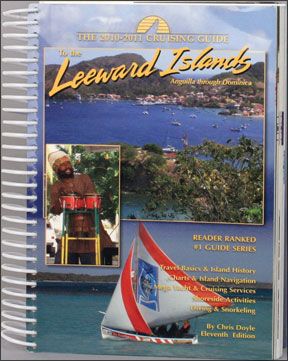
Nautical Dictionaries
As sailors, PS editors love all things nautical, and as language nerds, we love lingo. In the spring, we turned those passions into a new feature on our FaceBook and Twitter streams: the Nauti Word of the Day. (If you havent visited us on FaceBook or Twitter, be sure to check us out; the PS homepage has direct links to the sites.)
The Nauti Words, which have been met with much enthusiasm from our “fans,” come from a variety of resources, including two books from Sheridan House: “A B Sea, a loose-footed lexicon” by Jack Lagan and “Sailing Language” by E.D. Smith and T.R. Moore. Both books are comprehensive and informative. “Sailing Language” is a “literate compendium of the language of boats and sailing.” It covers terminology related to sailboats, the world around sailboats, and boat handling. “A B Sea” approaches nauti language with a bit more whimsy and humor. Many terms are accompanied by their etymologies, or at least by Lagans theory on their origin, which he paints with sarcasm and humor. For those nautical wordsmiths and history buffs out there, Lagans book ($20, Sheridan House, www.sheridanhouse.com) would be a great gift or addition to your boats library. “Sailing Language” ($10, Sheridan House, www.sheridanhouse.com) is a helpful resource for those new to sailing or those who must know the right word for the thing-a-ma-bob that attaches to the doo-hickey.
DIYer Resources
Don Caseys “This Old Boat,” long considered the best resource for step-by-step guidance in refitting an old sailboat, has had its own extensive refit. The second edition offers updates, expanded information, and hundreds of new illustrations. Whether you want to re-bed your deck fittings or make a new sail, “This Old Boat” will save you time, money, and frustration. It is one of those books we find ourselves going back to again and again. The book combines Caseys years of marine maintenance-know how and his engaging writing style in a comprehensive resource for boatowners and builders. In our opinion, every DIYer should add this title to their library. ($50, International Marine/McGraw Hill, www.internationalmarine.com)
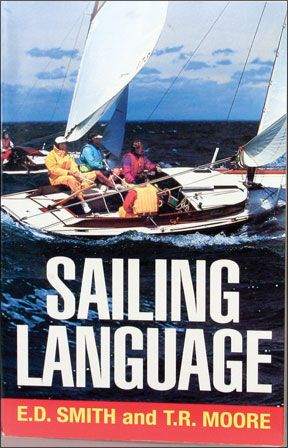
Roger Marshalls “Fiberglass Boat Repairs Illustrated” is a do-it-yourselfers guide to most major and minor repairs for fiberglass boats. A well-known boatbuilder and writer, Marshall discusses the tools and materials needed to tackle the most common fiberglass projects-from filling dings to fairing a keel or rudder and replacing rotten core or repairing blister damage. One chapter covers fiberglass boatbuilding basics like building a mold and deck construction, and another helps readers identify the type of damage requiring repair. The final section covers finishing the work, with tips on sanding and painting fiberglass. Color photos and concise step-by-step guidance enable even novice DIYers to carry out their own fiberglass fixes with ease. This is definitely a book we were happy add to Practical Sailors library as we face the growing to-do list for refitting our Catalina 22, Jelly. ($25, International Marine/McGraw Hill, http://www.internationalmarine.com/)
Small-boat Resources
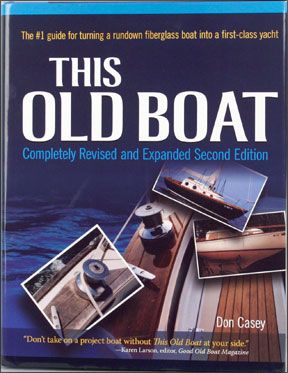
In the market for a trailer-sailer, or just a small-boat junkie? Steve Henkels “The Sailors Book of Small Cruising Sailboats” includes boat reviews and comparisons of 360 sailboats under 36 feet (and about 5,000 pounds). Similar information can be found online, but Henkel-a sailor and boating writer for four decades-has cataloged them in one convenient place and also offers the specs and illustrations of each boat. Readers wont find any glossy color photos, but they will find each boats sail plan, special features, layout, and performance ratios. The book is a good resource for those inclined to rehabbing small project boats or those searching for a “new” trailerable cruiser as its comprehensive nature makes comparing similar boats fast and easy. ($30, International Marine/McGraw Hill, http://www.internationalmarine.com/)
Another resource worth checking out if youre shopping the small-boat market or even if you already have one is “The Complete Trailer Sailor,” written by Brian Gilbert, a frequent contributor to Good Old Boat and DIY Boatowner magazines. Gilbert, a Catalina 27 owner, is an obvious proponent of “good things come in small packages.” His passion for and knowledge of “thinking smaller” is evident in the book, especially in the intro, where he lists the many attributes of trailer-sailers. The book covers the realm of trailer-sailering from buying the boat to outfitting it, trailering it, handling it, and maintaining it. There are also several chapters on basic sailing knowledge and techniques for newbie sailors. The “Trailer Sailboat Gallery,” which concludes the book, is a buyers guide with information on some of the most popular models of used and currently produced trailered boats. ($20, International Marine/McGraw Hill, www.internationalmarine.com)
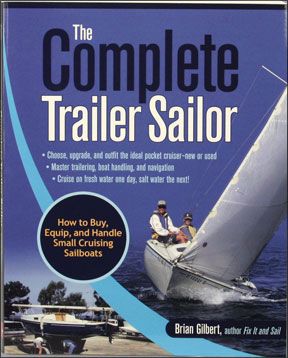
Off-watch Read
“Overboard! A True Bluewater Odyssey of Disaster and Survival,” written by Michael J. Tougias, is not only a gripping tale of survival at sea, but it also offers readers a glimpse of the behind-the-scenes heroics of the Coast Guard and Navy personnel who make such rescue stories possible. Truly a page-turner, “Overboard” recounts the doomed voyage of a 45-foot ketch, the Almeisan, when it was caught in a raging storm between Connecticut and Bermuda. A capsize in 40-foot seas left three crew stranded on the devastated boat and the first mate and captain swimming in the raging sea without a life raft. Well-written and evocative, “Overboard” follows the crews simultaneous struggles to survive the storm and their rescues. Reading the survivors stories is also a reminder of how important it is for passagemakers to have the right safety gear on board, to conduct safety checks and go over emergency procedures with crew, to file a float plan, and to have a shoreside contact. Thanks to personal safety equipment like PFDs, EPIRBs, and personal locator beacons, four of the five Almeisan crew lived to tell their tale. ($17, Scribner, www.simonandschuster.com; an e-book version is also available.)














